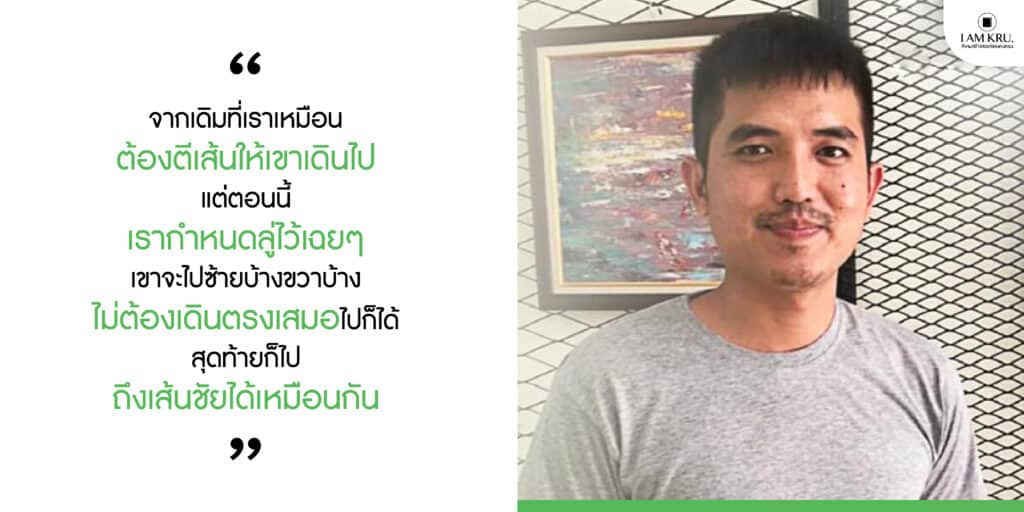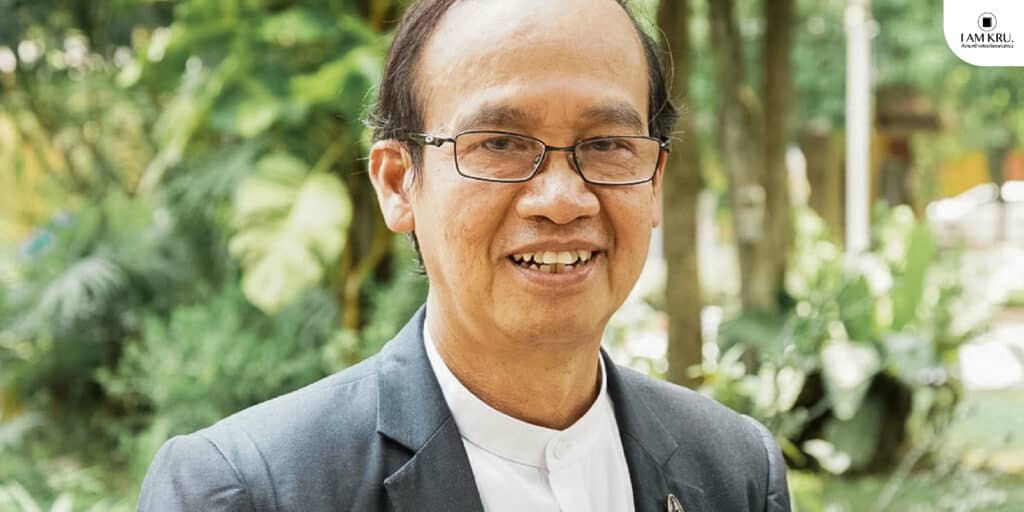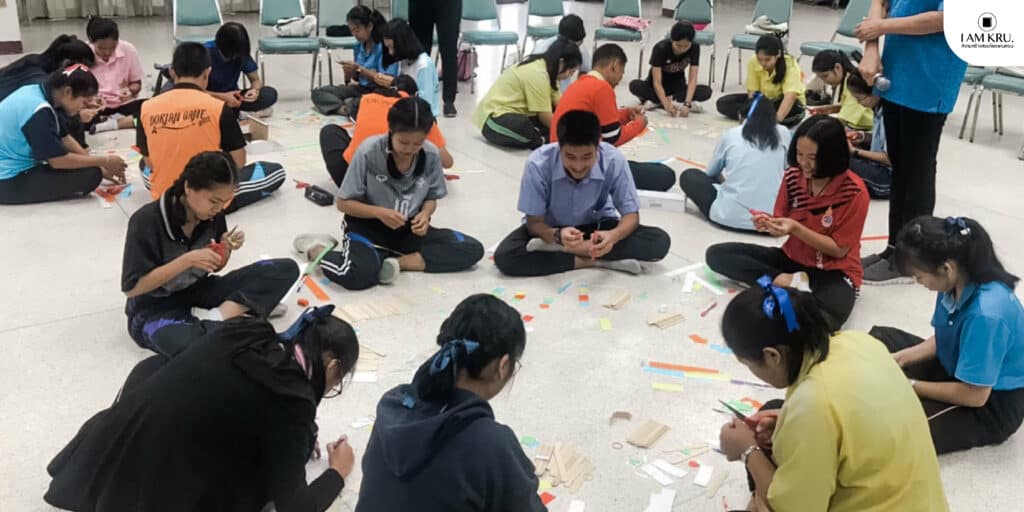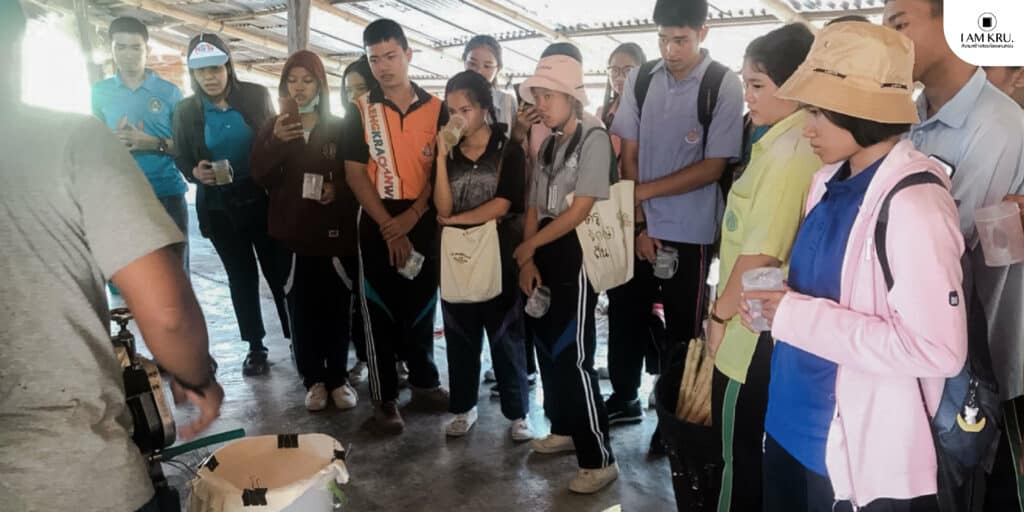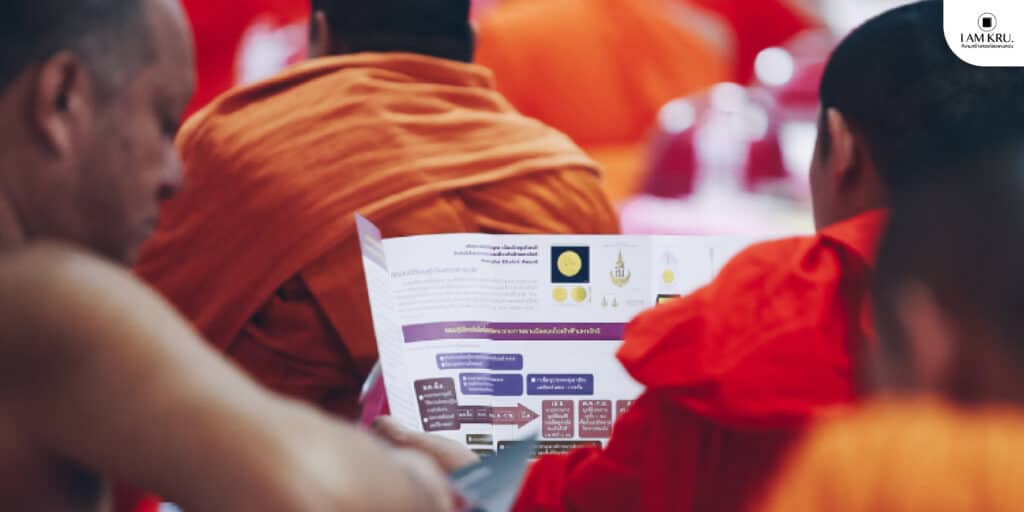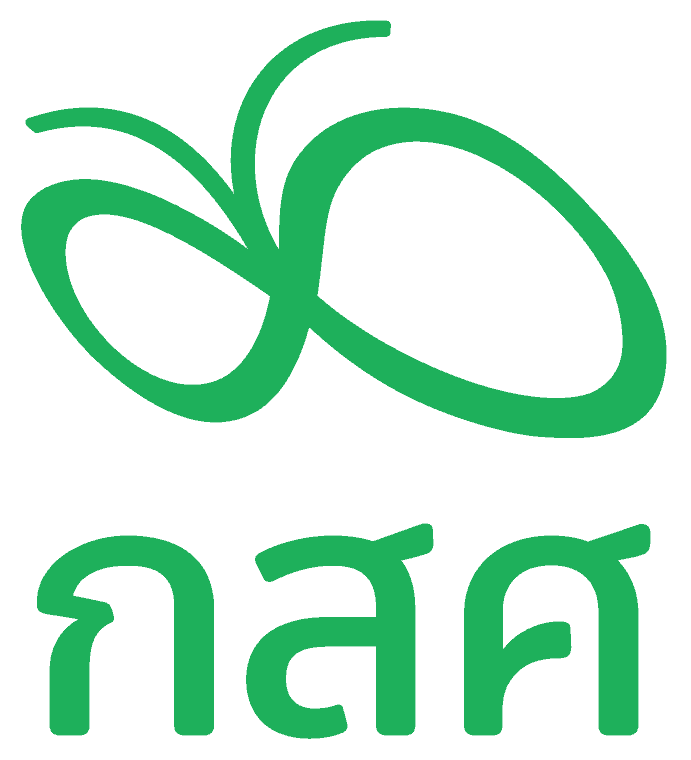The design of learning processes using ‘Psycho-Education’ as a tool focuses on internal intellectual development and integration through ‘Problem-based Learning (PBL)’ and ‘Professional Learning Community (PLC).’ This is a vital mechanism for enabling children to understand themselves, think analytically, and be creative in their work. The ‘Lamplaimat Foundation’ pioneered this method, which many teachers have now adopted, reflecting positive changes in their educational direction.
Following this, several schools across the country have transformed their teaching methods under the ‘Teachers & School Quality Program (TSQP),’ a collaborative effort by the Office of the Basic Education Commission (OBEC), Ministry of Education, and the Equitable Education Fund (EEF). A total of 291 schools in 35 provinces have participated, with many reporting significant outcomes within months.
The process that ‘Respects Every Child’s Thoughts’
Psycho-Education is a pedagogical approach that develops children’s emotional intelligence (EQ) and spiritual intelligence (SQ). This is achieved through group sessions where teachers and students sit together in a circle, engaging in discussions on various topics. The students are respected for ‘their thoughts,’ without judgment, and are given the opportunity to further develop these ideas independently. This method has been disseminated to other schools in the country, aiming to prepare children for the rapid changes of our times.
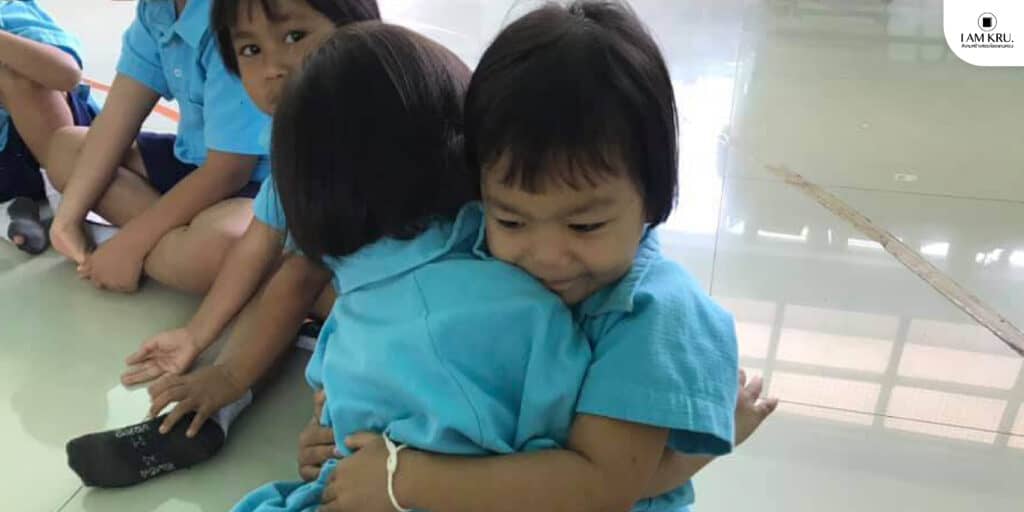
Teacher Pimyaphat Simsawat from Ban Nam Kham School in Loei shared,
“What is evident from the implementation of Psycho-Education is that children become calmer and learn to judge for themselves what is right or wrong. Although it’s not the case for every child, many have begun to share their opinions with peers. As for the Problem-Based Learning (PBL) aspect, it has engaged some previously indifferent students to become more interested in their studies.”
“Is it difficult to change the way of teaching? Not really, it depends on one’s perspective. You have to consider whether our goal is focused on the children or on ourselves. If it’s for the children, then change isn’t hard. If what we’ve been doing for the past 20 years isn’t showing results, why not try a new approach? If it works well, great. But if not, we can always return to the old ways. If we are truly teachers at heart, we should be open to change.”
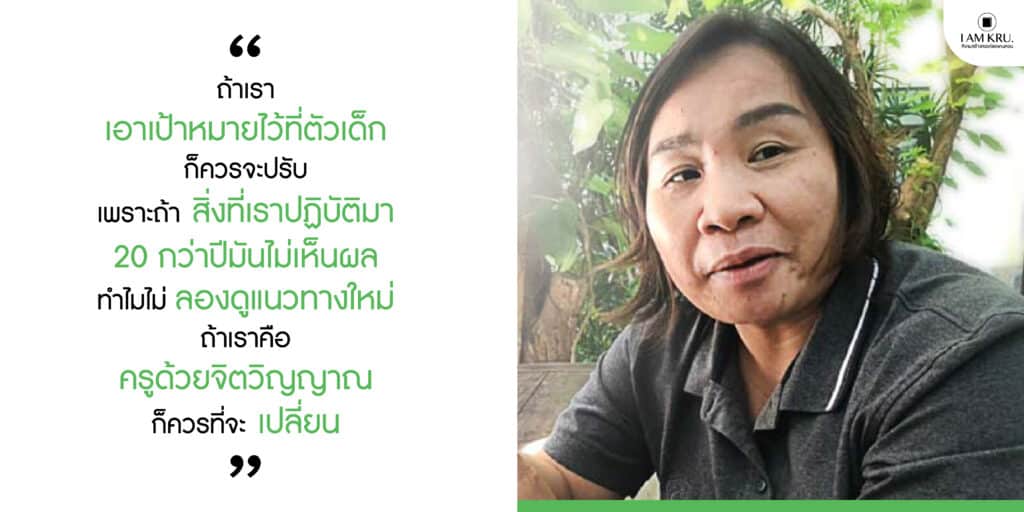
Teacher Pimyaphat further elaborated,
“When I first attended training on the new teaching model, I could barely understand anything. However, I took everything in and reflected on it. For instance, having taught for over 20 years, I never realized that certain words or actions of a teacher could lead to children adopting survival tactics rather than thinking critically. Sometimes what we say can cause children to copy answers from one another or cheat on homework. When realizing this stems from us, change is necessary. To initiate this change, teachers must first be willing to transform themselves.”
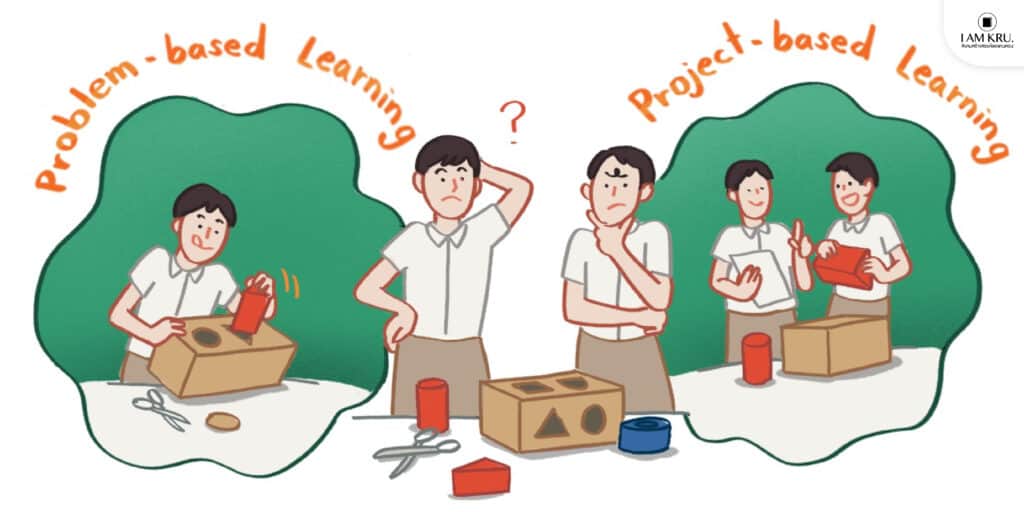
Learning from ‘Problems’ to Enhance ‘Wisdom’
The management of learning through Problem-based Learning (PBL) aims to create direct experiences through hands-on practice and confrontation with problem situations. Moreover, it helps motivate learning through challenging problems to enhance students’ skills in thinking and problem-solving with their intellect.
Project-based Learning (PBL), where learning involves teachers stimulating interest and discovering skills from students for activities through group work, allows students to engage in hands-on project development from inception to final presentation.
Therefore, this type of learning is considered relevant and directly related to students, as it may already be an area of interest. It can be divided into two categories: non-complex problems that can be thought through and solved in a short period through Problem-based Learning and complex problems that require more extended research and development through Project-based Learning
The account of Teacher Nathaphat Asarin from Ban Nam Kham School in Loei illustrates that Psycho-Education can also be applied to kindergarten children. After just two months of teaching, children became more confident in answering questions. Initially, when a story was told, the children would merely respond that it was fun, but later they started to provide their own unique answers, showing an increased capacity for thought and creativity.
“For the teaching practices I’ve adapted, the process from the Lamplaimat Foundation is to prepare the mental state, Brew – Connect – Use, which is easy and effective. However, integrating PBL, which I have taught for two years, still seems challenging, but I am determined to continue adapting and changing.”
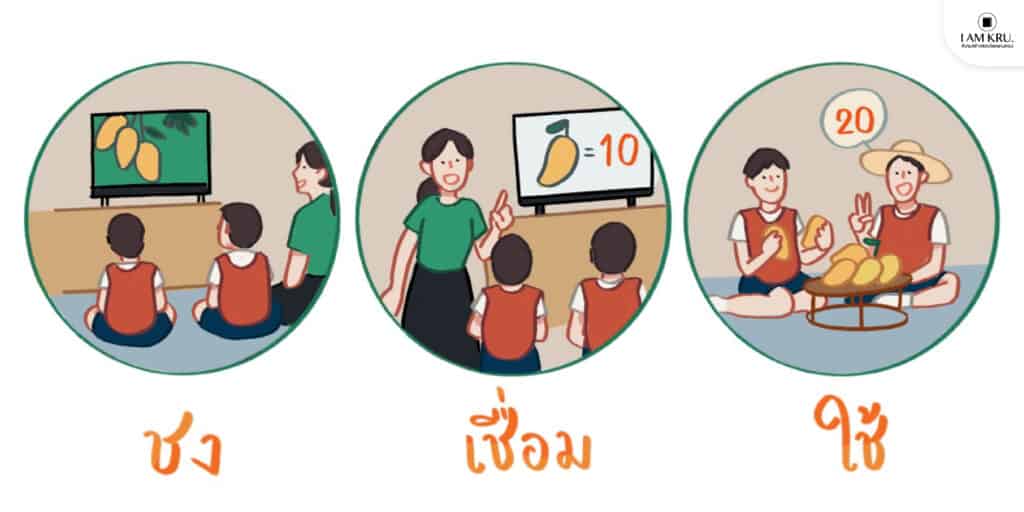
The ‘Brew-Connect-Use’ process is an integral part of psycho-education, serving as an aid in simulating situations related to ‘ethics’ most clearly, allowing students to express their thoughts through these experiences.
The first step begins with the ‘steeping of issues’ by the teacher regarding the day’s topic, perhaps starting with a video clip for the students or recounting a story, followed by asking observational questions to test their understanding of the information received. Then ‘connecting the questions’ from the situation or topic allows students to express their opinions and attempt to ‘use situational simulations’ through questions that make them think about how they would act in such situations.
Moreover, adapting teaching to incorporate psycho-education and PBL has increased student interest in learning. Some students who previously avoided challenging subjects like mathematics and science have returned to learning and engaging in activities until the end of the school day. This process does not focus on heavy teaching but rather teaches children to think more. This part is from the narration of Teacher Metta Nahiran from Ban Na Kho School in Loei.
“Even though I have been teaching in the standard format for 27 years, changing teaching methods is not difficult because I use the plan from the Lamplaimat Development Foundation as a tool. One effective technique has been speaking more softly to get the children to listen more attentively. Previously, I had to speak loudly, and the children were not interested, but when I started to speak softly, out of 20 teachers who attended the training, 18 agreed that it was effective. Another aspect is using psycho-education to help children know themselves better. Previously, we had to constantly remind them not to do this or that, which they sometimes followed and sometimes did not. But now, by allowing them to explore for themselves what to do and what not to do, it has helped them learn from themselves and become more effective.”
Teacher Metta added,
“Currently, the form of PBL I teach involves clay molding. We’ve had problems with the clay being too hard to mold, so the children have to learn to solve it, like adding water. But if they add too much water, they must fix it by adding more clay. Now, during this clay preparation time, they must learn to solve all the problems step by step, and I believe that changing to teach more in this form will make children love learning more.”
“Children have become much calmer, and we can see that they are thinking. They dare to answer and share with friends. From some children who never answered questions in class, even when we shot the questions directly at them, they would never respond. Now, when they see their peers starting to answer, they become braver to speak up,” confirms Teacher Kiravas Wongtedsiri from Ban Na Kho School in Loei, who was appointed around January 2019.
“What we teach, we tell the children straightforwardly that this is correct, but we let them go and find out for themselves whether it is right or not. The old teaching style may have confined children so much that they almost lacked imagination. But when we open it up for them to think, sometimes we find more than what we thought possible. Sometimes a child this small can think more than we do. The new teaching method is not difficult, it might even be easier than the old style. Previously, we were like drawing lines for them to walk on, but now we set a path, and they can go left or right; they don’t always have to walk straight, and they still reach the finish line.”
Teacher Kiravas stated.
